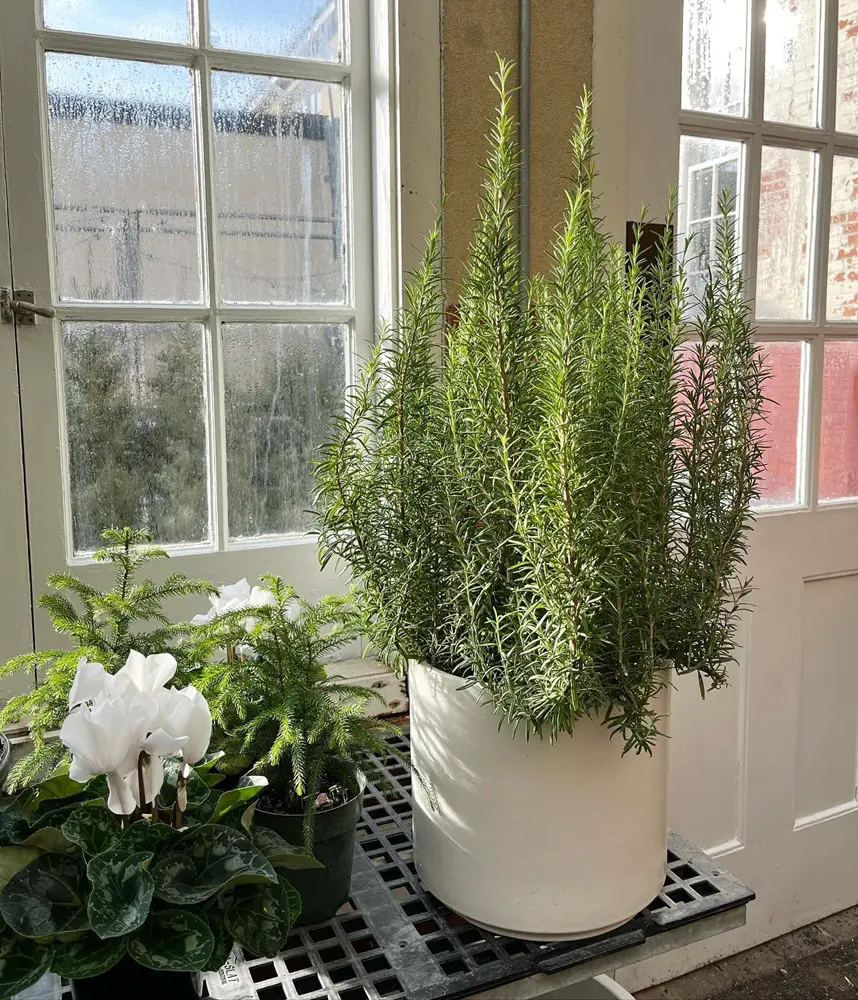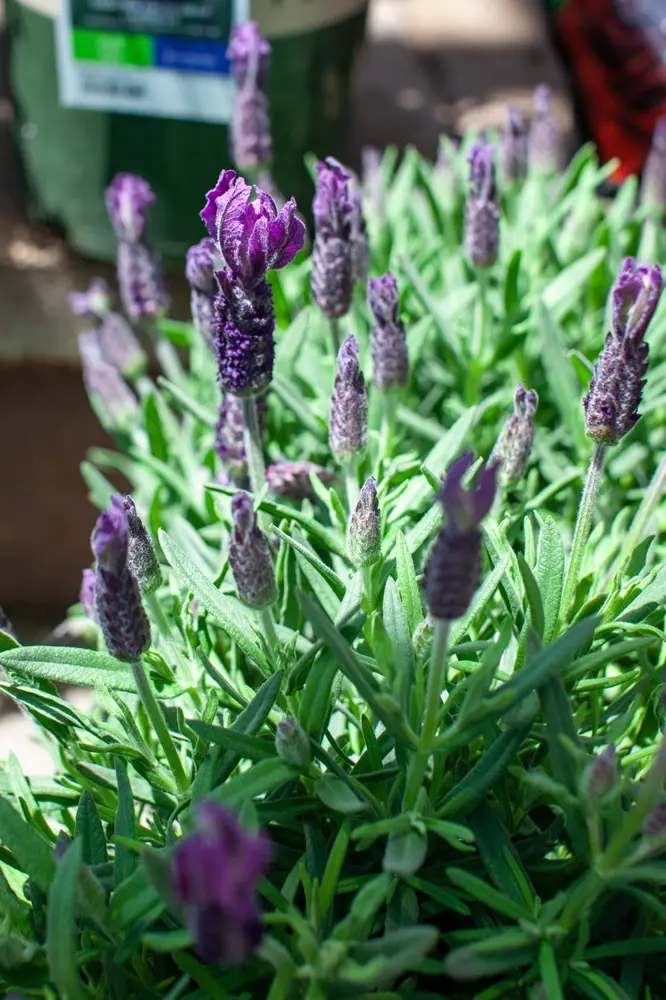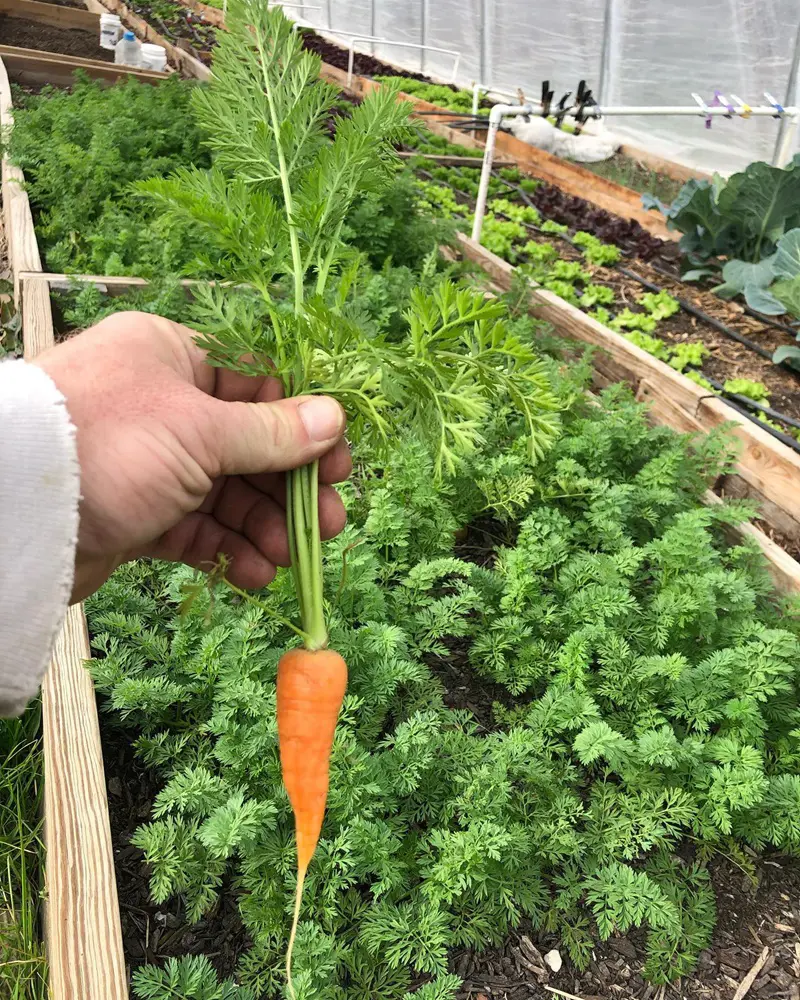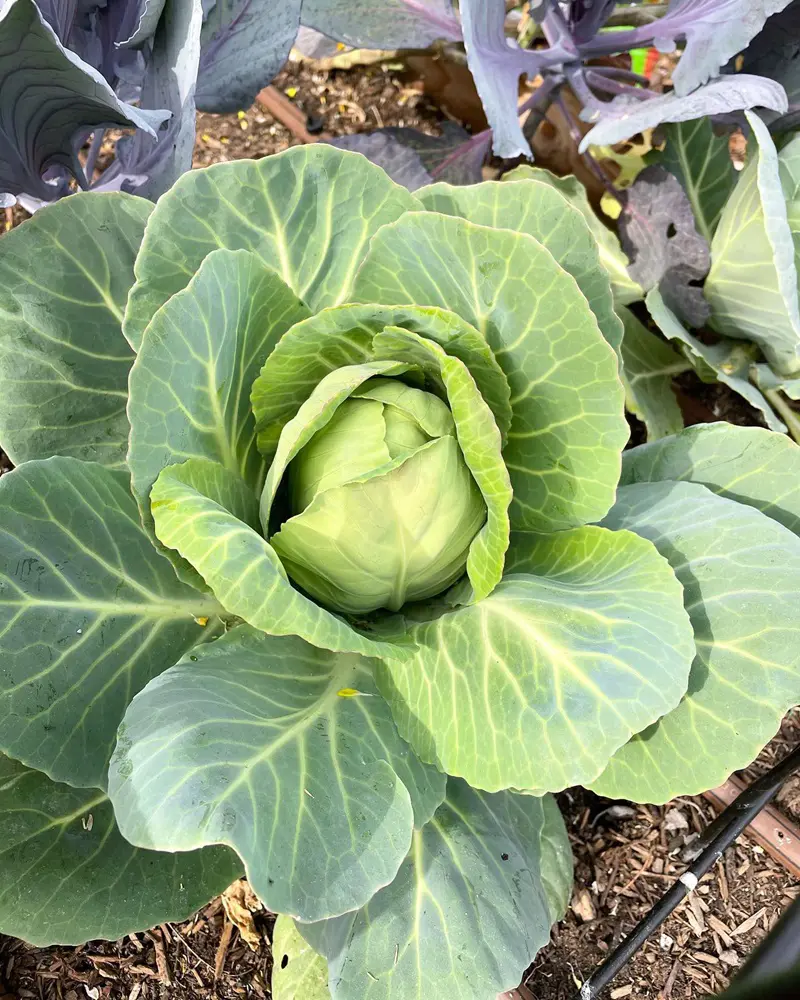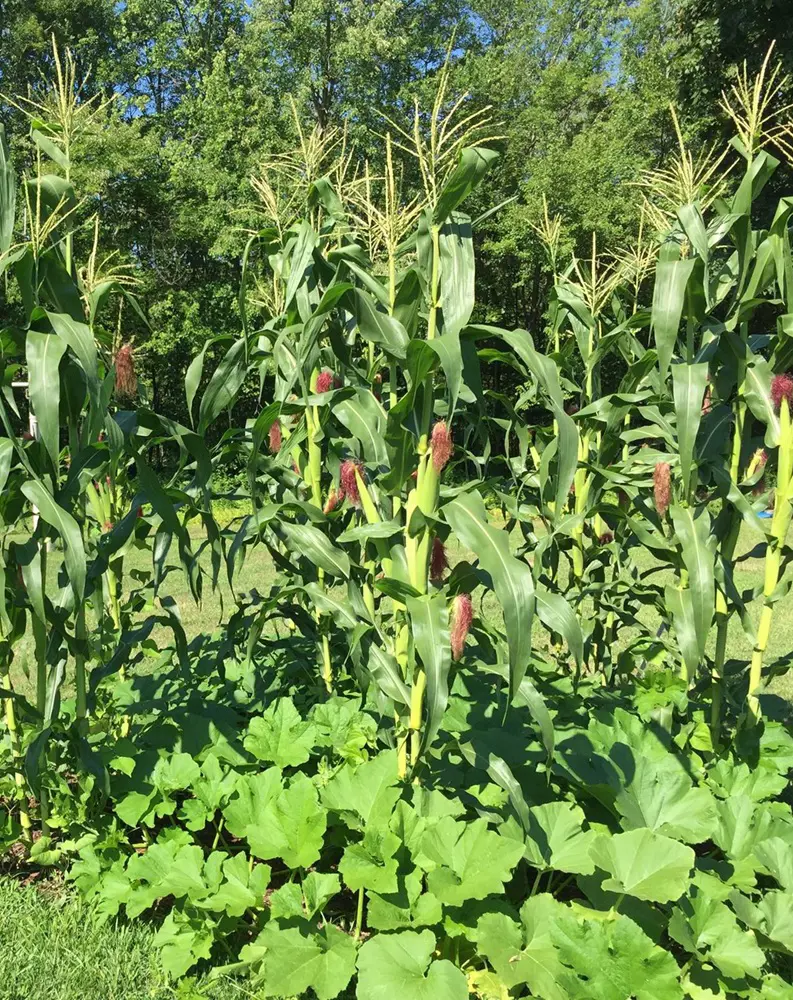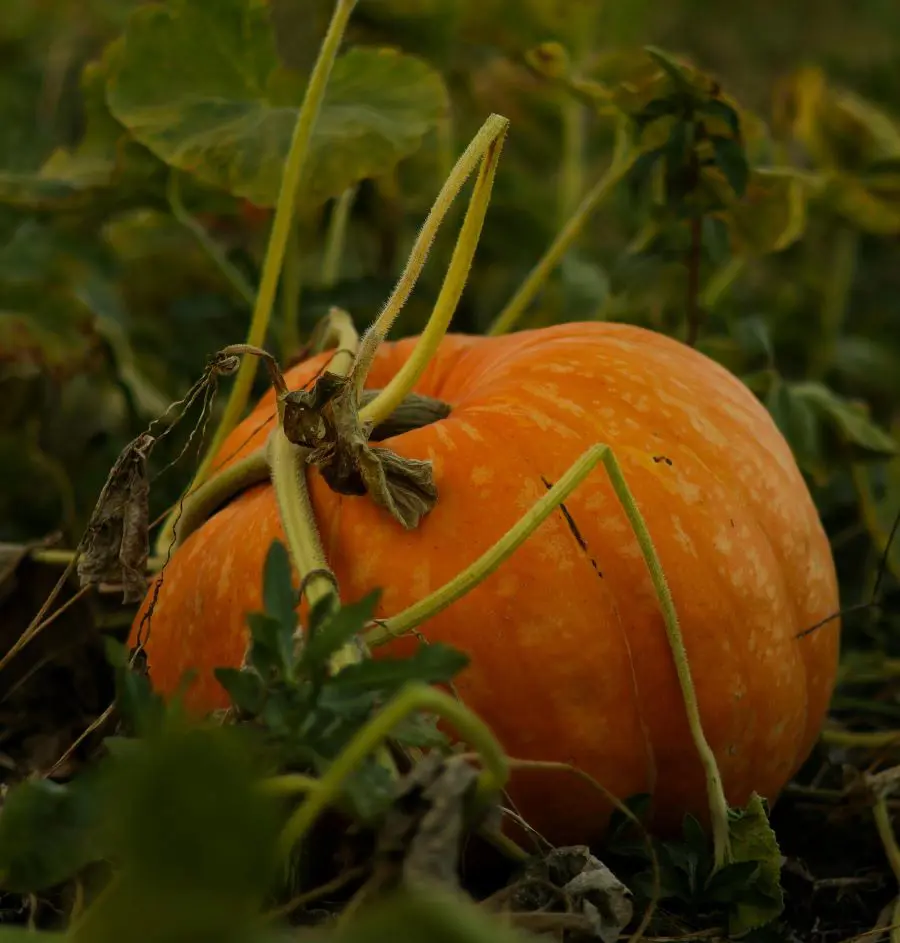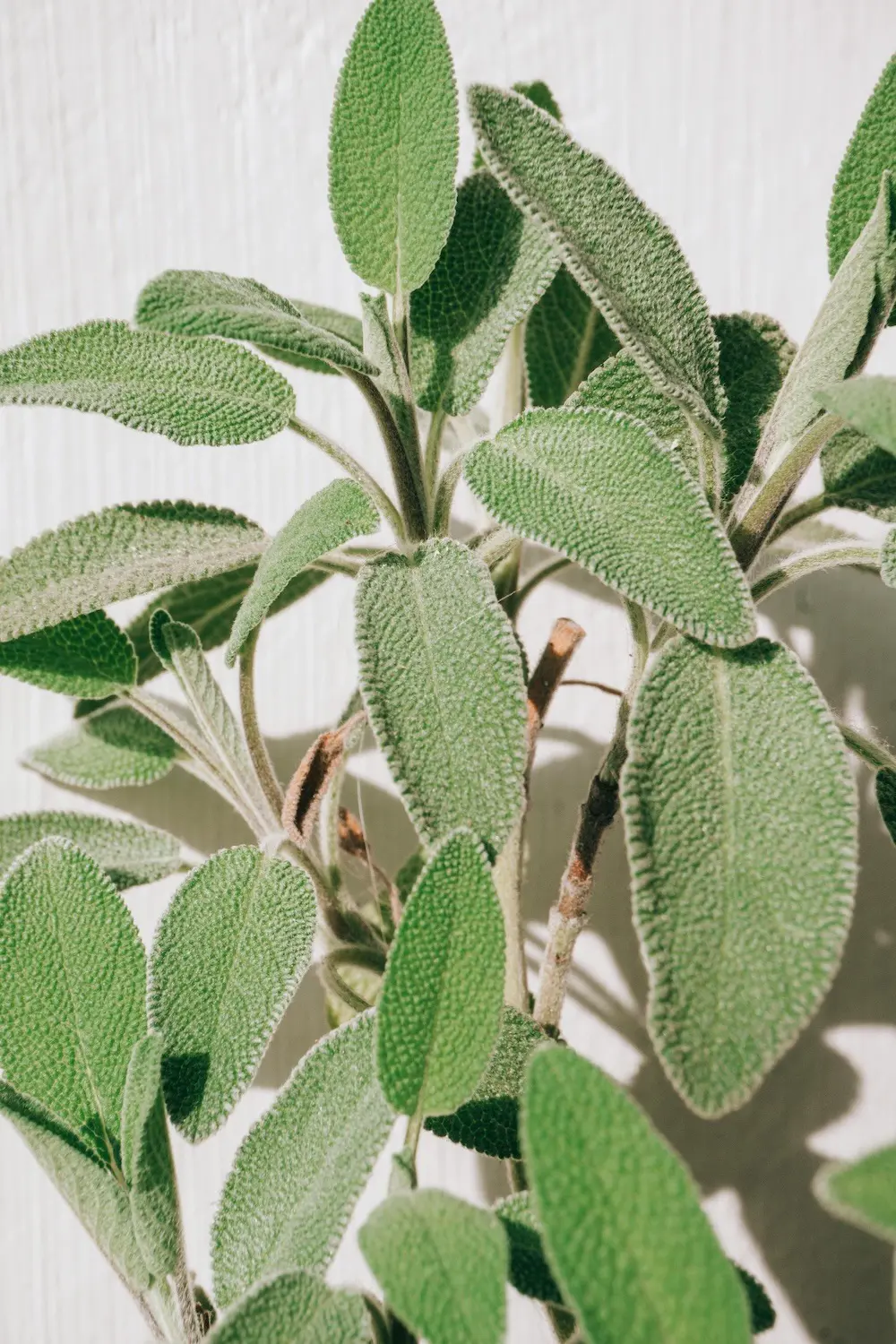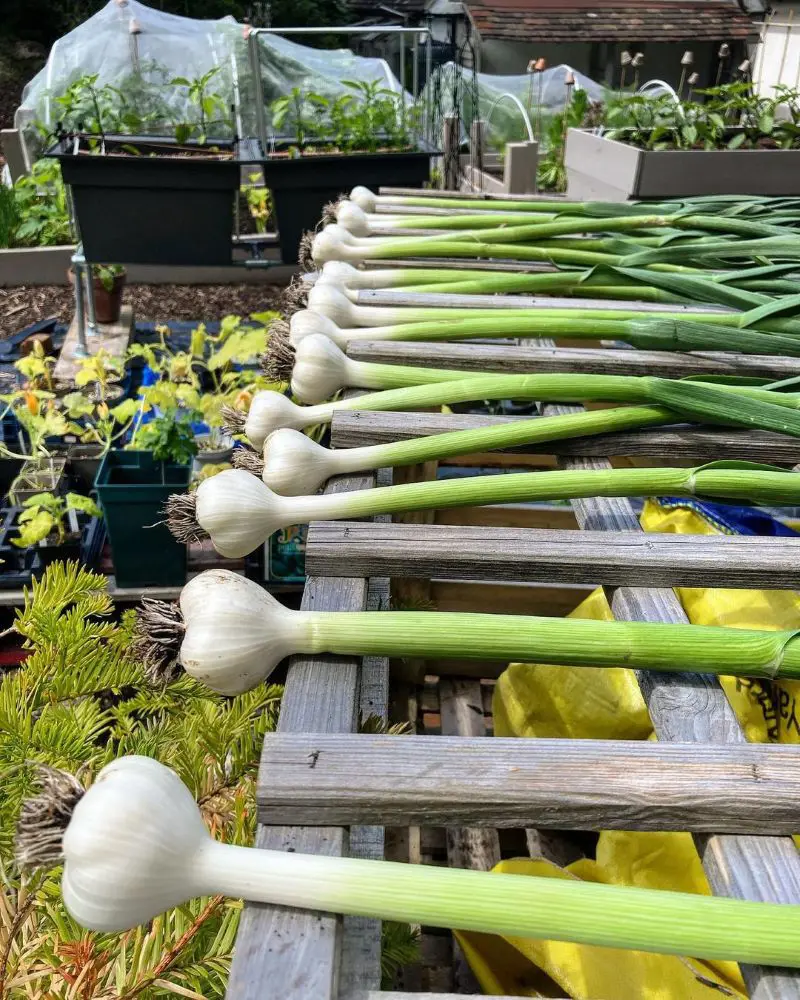Rosemary is a perennial evergreen shrub. If the plant is cared for, especially against pests and diseases, it can survive for years. One of the main benefits of companion planting is the warding off of pests and diseases. The strong aroma possessed by various companion plants keeps away harmful pests and pathogens.
On the other hand, some companion plants can also attain beneficial insects that feed on the harmful ones. This stops the rosemary plant from being infested, promoting healthy growth. The use of chemical insecticides hence is minimized. Whenever you are adding rosemary in your recipe, you can obtain organic and healthy harvests that haven't been treated with chemical insecticides.
Furthermore, companion planting with rosemary can improve soil conditions. As a Mediterranean herb, rosemary grows well in well-drained soil with good air circulation. The deep roots of rosemary help break up compact soil. This improves overall soil structure and drainage, helping other plants in the garden to flourish.
Some other benefits of companion planting are listed below:
- Some of the companion plants, when grown near rosemary, can enhance the flavor of both herbs and vegetables. As stated earlier, planting rosemary near beans or carrots is thought to improve their taste.
- Companion planting can help in adding cultural and aesthetic value to your garden as well. As Rosemary has cultural significance as well as delicate flowers, their presence can add a sense of connection to traditions and increase appeal of the garden.
